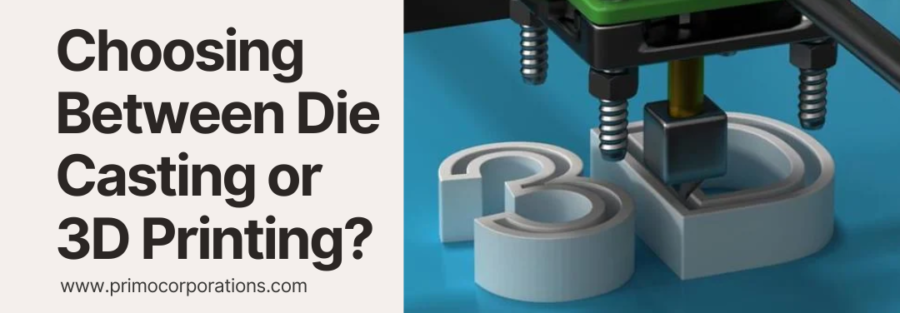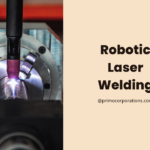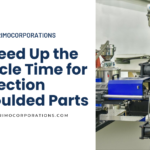Die casting has been an acceptable and reliable process for manufacturing parts for decades, but with technological advancements, such as 3D printing, people have more options for their business needs. With new methods available today, you may wonder what is more appropriate for your business. Below we’ll discuss the pros and cons of die casting and 3D printing.
Let’s Talk about Investment. What Are Your Costs?
While you’re planning your parts to be manufactured, you’ll want to consider your overhead costs. Die casting has a more significant upfront cost in comparison to 3D printing which is minimal. In contrast, 3D printing has high unit prices. In either case, you will have to consider the additional expense of cleaning and replacing parts occasionally.
The biggest distinction between die casting and 3D printing is their processes. Die casting is similar to sculpting because it involves the injection of liquid metal or other composite material into a mold or die. This results in a faster cycle time opposed to printing. On the other hand, 3D printing is additive manufacturing because thin layers of heated material are deposited on top of each other to produce the object.
How does this relate to your costs? Well, die casting creates more waste and you are responsible for the cost of removing that waste. However, one die can be reused almost 80,000 times meaning you do not have to make a new die for every new part. In addition, the process is much faster when manufacturing large quantities of the same part.
Ultimately, if you are trying to make multiple parts from the same material, die casting is much faster and more cost-effective for high volumes of product.
Benefits of 3D Printing
The most advantageous benefit to 3D printing as a direct comparison to die casting is that there is no requirement to create a die for every part. With the appropriate programming, a 3D printer can produce any part with little limitation to complexity.
Given this, you may want to consider 3D printing for your project if you need to print many different parts, especially complex ones. It can be a tedious process making a die for hundreds of small parts, but 3D printing saves you the trouble.
Perhaps the most important benefit of 3D printing is time savings. A part can be created in a few days, depending on complexity, which is highly advantageous especially in those industries with products that have short life cycles.
If you choose to manufacture your parts using 3D printing, be cautious when selecting a printer or when selecting a company for 3D printing services. Not all printers are created equal, so while they may seem like an inexpensive short-term option, they can affect the quality of your product and your bottom line. Use discretion and keep in mind the capabilities of the particular machine being used.
Benefits of Die Casting
Die casting has even more benefits. If you plan on creating mostly simple parts, one die can be used to cast nearly perfect copies of parts repeatedly. Die casting can also create those hundreds or thousands of parts at a much greater speed than 3D printing.
The machinery needed for 3D printing can also be a limitation since most 3D printers have a limit to the range of materials that can be used while still maintaining product integrity. Die casting allows you to make parts from a variety of materials, such as strong metals like aluminum and zinc or even titanium.
These metal parts that can be produced with die casting are typically strong and long-lasting. With an effective method for recycling your scrap and talented engineers, like those at Primo Corporations, who can easily create the dies you will need, die casting could be the best mass manufacturing process for you.
Which is Better Fit For You?
When making plastic parts, it would be best to opt for 3D printing. Plastic parts may be a bit more precise and could require the detail offered by a 3D printer. In addition, die casting is not always the best process for plastic, it is much better suited for metals. If you are making small quantities of custom parts, 3D printing may be the way to go. However, if you need a higher quantity of copies for a specific type and size part produced quickly, die casting is the better choice.
In recent years, companies have been reaping the benefits of both processes for maximum efficiency and flexibility. This is probably the most ideal option, but your decision rests solely on the needs of your organization.
When You Need Die Casting or 3D Printing, Come to Primo Corporations
Whichever process is most beneficial for your business, Primo Corporations offers a number of comprehensive engineering services and large scale manufacturing of products including 3D printing and die casting. To learn how we can apply our expertise to your next project, contact us today.





